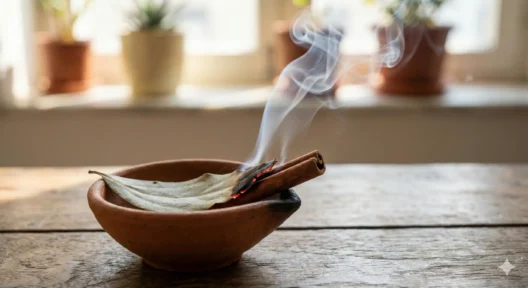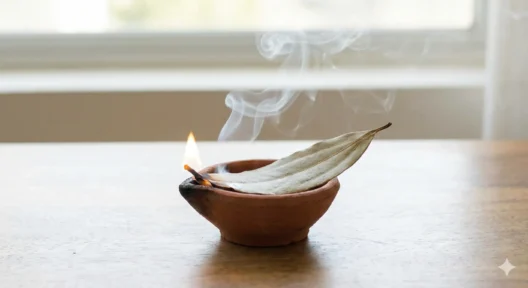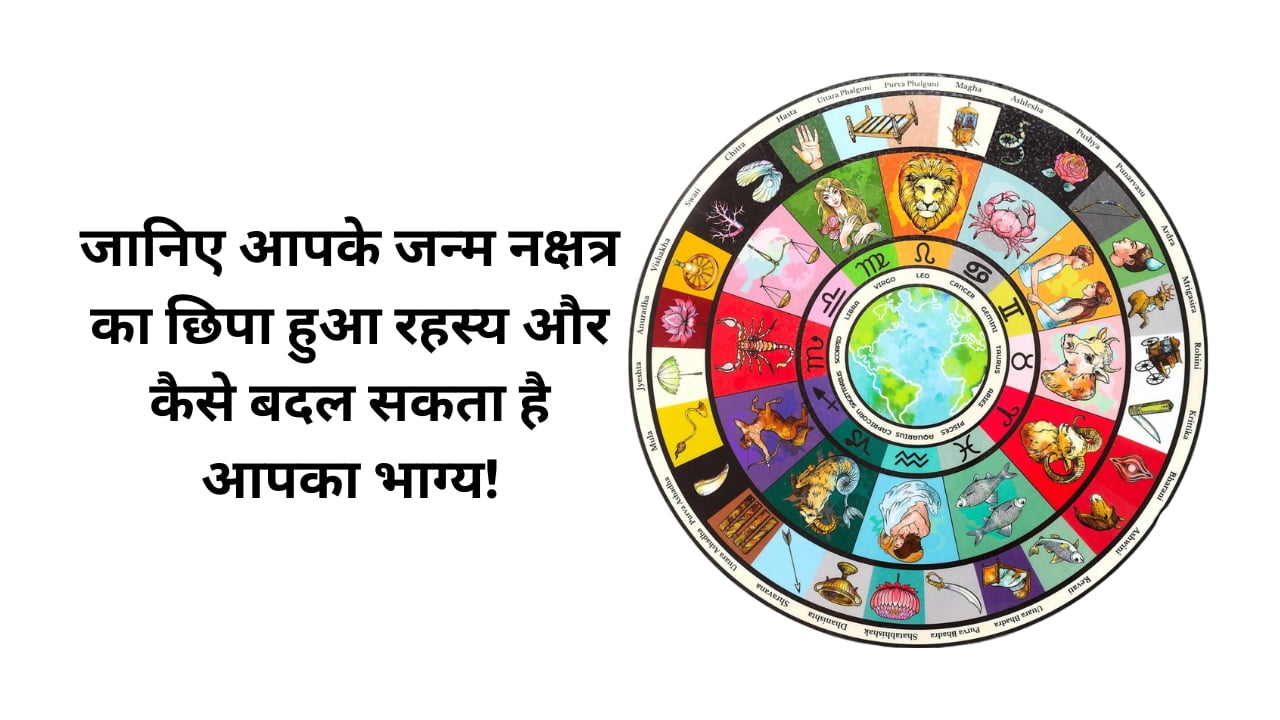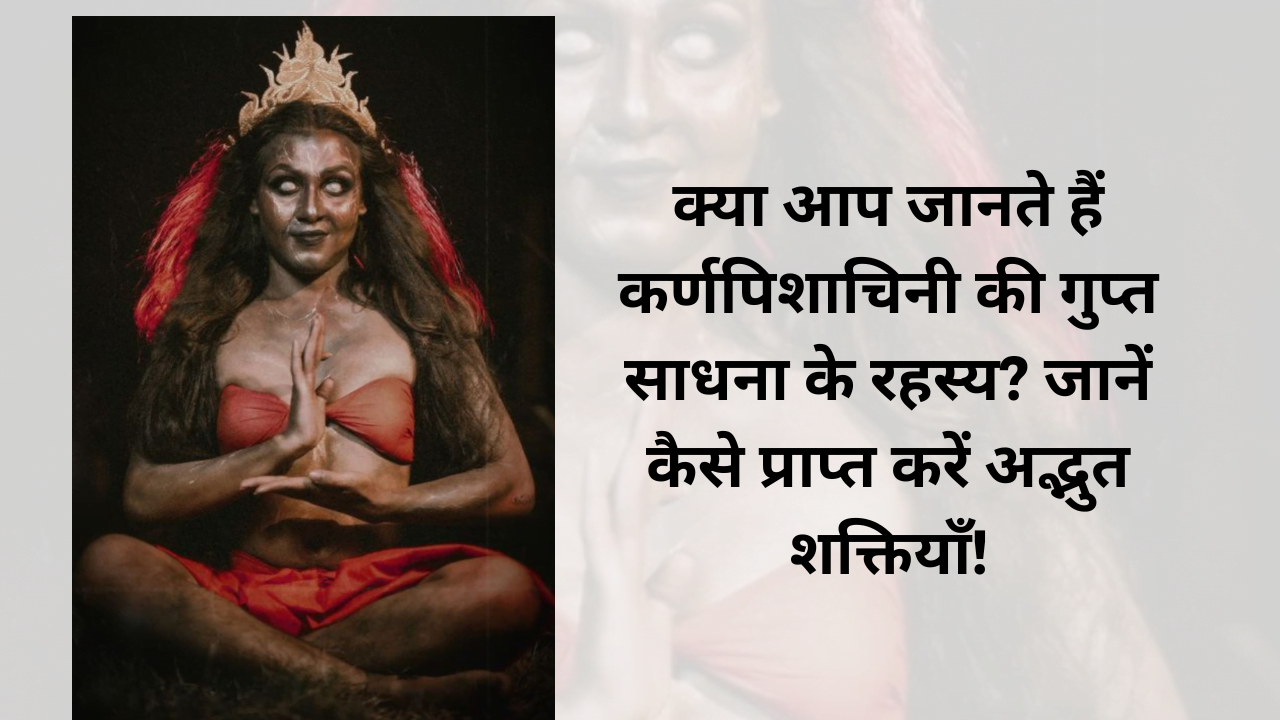Q: Who is Lalita Tripura Sundari, and why is she significant in Hinduism?
Lalita Tripura Sundari, often revered as the epitome of beauty, power, and grace, holds a significant place in the Shakta tradition of Hinduism. Known by various names such as Kameshwari, Shri Vidya, Rajarajeshwari, and Sodashi, she symbolizes the supreme goddess, Shakti. Worshiped through the Sri Vidya tradition, her presence is central to the spiritual and tantric practices that seek to align devotees with cosmic energies.
Lalita Tripura Sundari is depicted as a 16-year-old goddess, exuding youth and beauty, which is why she is often called “Sodashi,” meaning the youthful one. Her divine form, adorned with four arms, each holding a unique attribute—a noose, a goad, arrows, and a sugarcane bow—symbolizes her control over the universe and the power to attract and bind all creation.
Q: What are the key aspects of Lalita Tripura Sundari’s worship and literature?
The worship of Lalita Tripura Sundari is intricately linked with the Sri Vidya tradition, a spiritual practice that emphasizes the use of sacred mantras and yantras. The most revered of these is the “Lalita Sahasranama,” a litany of a thousand names praising the goddess’s attributes and divine powers. Another significant text is “Soundarya Lahari,” which extols her beauty and spiritual essence.
The goddess is also celebrated through the “Lalitopakhyana,” a part of the Brahmanda Purana, where she is described as the Adi Para Shakti, the primordial energy behind all creation. This text narrates the divine play of the goddess, where she defeats the demon Bhandasura, symbolizing the triumph of divine feminine power over evil forces.
Q: Where can devotees find the most prominent temples dedicated to Lalita Tripura Sundari?
The devotion to Lalita Tripura Sundari is widespread, with several significant temples dedicated to her across India. Some of the most revered sites include:
- Kalighat Temple, Kolkata: While primarily dedicated to Goddess Kali, this temple also houses a shrine to Lalita Tripura Sundari, making it a crucial site for Shakti worship.
- Sri Vidya Peeth, Kanchi: Located in Kanchipuram, Tamil Nadu, this temple is a hub for the Sri Vidya practice. Devotees gather here to engage in intense spiritual practices, seeking the goddess’s blessings for wisdom and enlightenment.
- Sri Tripura Sundari Temple, Nashik: Situated in Maharashtra, this temple attracts a large number of devotees, especially during festivals, making it a vital center for the goddess’s worship.
- Sri Tripura Sundari Temple, Tripura: One of the 51 Shakti Peethas, this temple is highly revered and sees thousands of devotees who come to seek the goddess’s blessings.
- Sri Tripura Sundari Temple, Himachal Pradesh: Nestled in the serene landscapes of Himachal Pradesh, this temple is a significant spiritual retreat where devotees can experience the tranquility and power of the goddess.
Q: What festivals are associated with the worship of Lalita Tripura Sundari?
Several festivals are dedicated to the worship of Lalita Tripura Sundari, each filled with rituals, prayers, and celebrations that honor the goddess’s divine presence:
- Lalita Jayanti: Celebrated as the goddess’s birth anniversary, this festival sees special pujas and rituals where devotees offer prayers for prosperity and spiritual growth.
- Lalita Panchami: This day is exclusively dedicated to the worship of Lalita Tripura Sundari. Devotees fast and perform rituals to seek her blessings for overcoming obstacles and achieving success in life.
- Gupta Navratri: During this nine-day festival, devotees engage in intense sadhanas (spiritual practices) focusing on the worship of Lalita Tripura Sundari, aiming for spiritual liberation and divine guidance.
- Sri Chakra Puja: This ritual involves the worship of the Sri Chakra, a symbolic representation of the goddess. It is a powerful spiritual practice that aligns the devotee with cosmic energies, often performed during auspicious occasions like Navratri.
Q: What are the significant Puranic texts associated with Lalita Tripura Sundari?
Lalita Tripura Sundari is deeply rooted in various Puranic texts, which highlight her divine nature and the spiritual practices associated with her worship:
- Brahmanda Purana: This Purana includes the “Lalita Upakhyana,” a detailed account of the goddess’s origins, her battle with Bhandasura, and her role as the supreme deity.
- Tripura Upanishad: This text describes Lalita Tripura Sundari as the supreme power, even above the trinity of Brahma, Vishnu, and Shiva. It is a key scripture in the Shakta tradition.
- Tripura Rahasya: This scripture delves into the mystical aspects of the goddess, revealing her as the ultimate reality and source of all creation.
- Lalita Sahasranama: A sacred hymn comprising a thousand names of the goddess, each name reflecting her unique powers and qualities. This text is a cornerstone in the daily worship practices of her devotees.
- Padma Purana: Another Purana that mentions Lalita Tripura Sundari, elaborating on her various forms and powers.
Q: What is the significance of the mantras dedicated to Lalita Tripura Sundari?
The mantras dedicated to Lalita Tripura Sundari are powerful tools for invoking her presence and blessings. These mantras are not just mere chants but are believed to carry the vibrational energy that connects the devotee with the divine. Some of the key mantras include:
- Panchakshari Mantra: “Aim Kleem Souh Souh Kleem.” This mantra invokes the goddess’s energy, bringing wisdom, creativity, and spiritual protection.
- Ashtakshari Mantra: “Hreem Shreem Kleem Tripura Madane Sarva Shubham Sadhay Svaha.” This mantra is a plea for the fulfillment of all good desires and the goddess’s blessings.
- Tripura Gayatri Mantra: “Kleem Tripura Devi Vidmahe Kameshwari Dhimahi. Tannah Klinne Prachodayat.” This mantra focuses on meditating upon the goddess, seeking her guidance and enlightenment.
- Om Aim Kleem Souh Tripura Sundariye Namah: This mantra is a salutation to the goddess, acknowledging her divine powers and seeking her grace.
Chanting these mantras with devotion is said to bring divine protection, spiritual growth, and fulfillment of desires. They are also believed to deepen the devotee’s connection with the goddess, leading to a more profound experience of her divine presence.








